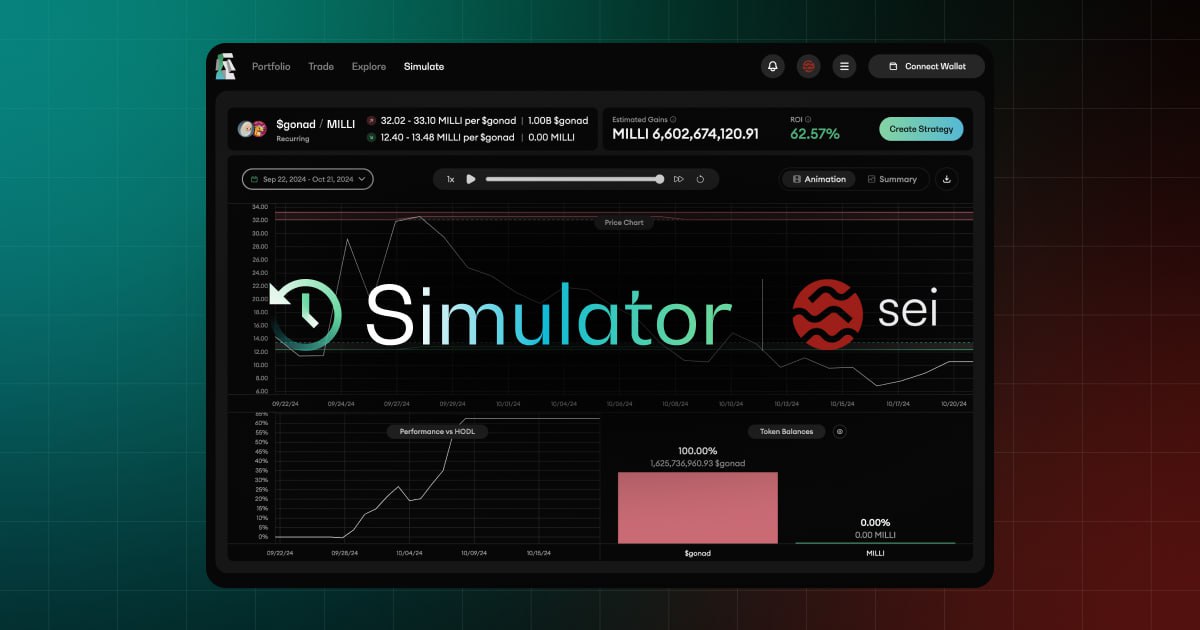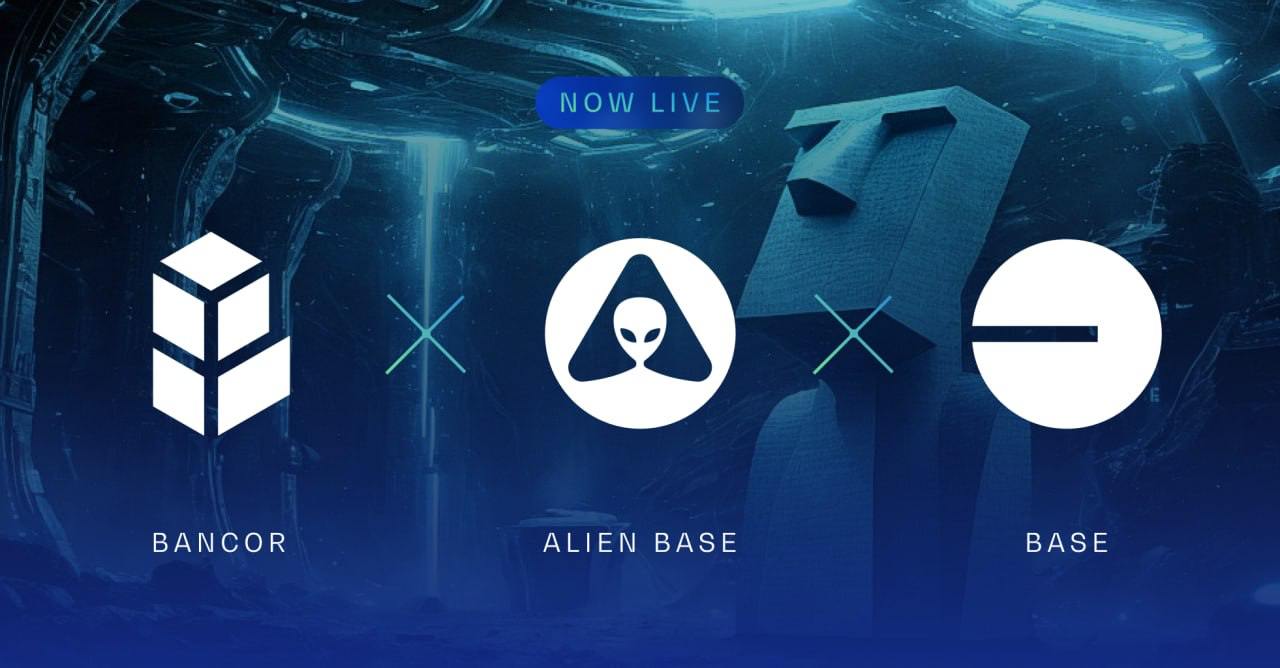Claiming ‘infinite capital efficiency’ just sounds downright outrageous. Yet, Bancor is saying just that when describing its newest DEX, Carbon DeFi.
To put this into perspective, even their more conservative claims are pretty astronomical:
“Carbon DeFi is 20,000,000x more capital efficient than a standard liquidity pool, and 1,000x more capital efficient than any other concentrated liquidity AMM.”
Bold statements? Absolutely.
What is Capital Efficiency in DeFi?
We all see the term ‘capital efficient’ thrown around, but what exactly does it mean in DeFi?
“Capital Efficiency” is a term that has been commandeered by concentrated liquidity projects to describe the relationship between the amount of available liquidity, and the changes to the price quotes while interacting with it.
A Constant Product AMM
In this context, capital efficiency is measured relative to the canonical constant product AMM which enumerates prices from zero to infinity.
We will assume the canonical AMM is a two-token, equal-weights AMM with a liquidity pool with reserve balances of 1M tokens on each side, e.g. 1,000,000 USDC and 1,000,000 USDT.
These two tokens are expected to trade at close to parity (1:1) with each other.
Assume that the market will accept a price range for USDC:
Within its desired peg down to 0.999998 USDT per USDC
and
Within its desired peg up to 1.000002 USDT per USDC.
How many tokens can be traded on the canonical 1,000,000:1,000,000 USDT/USDC liquidity pool in this price range?
Only a single token!
• A swap of a single USDT for USDC will move the price of USDC to 1.000002 USDT per USDC.
• A swap of a single USDC for USDT will move the price of USDC to 0.999998 USDT per USDC.
Therefore, the other 999,999 tokens on each side of the pool are effectively useless (so long as the stipulated peg price range is respected).
Price Tolerance
Relaxing the price tolerance doesn’t help the situation as much as you might think.
Assuming the market can accept a fairly severe +/- 2% deviation from the target peg, this still only corresponds to a 1% utilization of the liquidity pool:
• A swap of 10,000 USDT for USDC will move the price of USDC to 1.02 USDT per USDC.
• A swap of 10,000 USDC for USDT will move the price of USDC to 0.98 USDT per USDC.In this scenario 99% of the token reserves are never used.
Concentrated Liquidity AMMs
“Concentrated Liquidity” allows for the entire token balance to be utilized within the stipulated price tolerance.
For example:
Allowing the entire token reserves to trade within +/- 2% of the peg price increases the utilized fraction from 1% to 100%, or in other words has a 100x capital efficiency compared to a canonical liquidity pool.
The most common concentrated liquidity implementation makes use of “ticks”, typically distributed as the integer powers of 1.0001 (in other words, 1 bps or 0.01% changes in relative price).
On such systems, it is possible to create a market for USDC:
• within its desired peg down to 0.9999 USDT per USDC.
and
• within its desired peg up to 1.0001 USDT per USDC.
How many tokens can be traded on the canonical 1,000,000:1,000,000 USDC/USDT liquidity pool in this price range?
Only 50 tokens, or 0.005% of the reserves.
The typical concentrated liquidity implementation is therefore about 20,000x more capital efficient than a standard liquidity pool.
Carbon DeFi
Carbon DeFi’s capital efficiency is even more profound, because it does not have a predefined “tick” scale.
For example, it is possible to create a market for USDC on Carbon DeFi:
• within its desired peg down to 0.9999999 USDT per USDC.
and
• within its desired peg up to 1.0000001 USDT per USDC.
How many tokens can be traded on the canonical 1,000,000:1,000,000 USDT/USDC liquidity pool in this price range?
Only 0.05 tokens, or 0.000005% of the reserves.
Therefore, Carbon DeFi’s capital efficiency on these settings is 20,000,000x more capital efficient than a standard liquidity pool, and 1,000x more capital efficient than any concentrated liquidity AMM.
But we can go further.
Carbon DeFi can create 100% on-peg markets, meaning 100% of the token reserves trade at a single price with zero price movements.
This makes Carbon DeFi the only DEX to have achieved infinite capital efficiency.
This blog draws from a conversation with Bancor Project Lead, Dr. Mark Richardson, who has long challenged the conventional use of the term “Capital Efficiency” in DeFi. If you’ve followed his work, particularly “The 2023 Pre-Christmas PlayStation 5 (Blu-Ray Edition) eBay Bonding Curve,” then you’re likely familiar with his stance. As Mark aptly put it:
“While I have been consistently critical of the use of the term, I am glad that we have made the effort [in this blog] to detail precisely what ‘Capital Efficiency’ refers to in a concentrated liquidity paradigm. It is also nice to demonstrate how Carbon DeFi is not just the most ‘Capital Efficient’ exchange in its day, but will remain so for all time; there is nothing left to improve on in this regard.”





